Lightbulb Buying Guide
Get Started
Download Light Bulb Buying Guide
Selecting light bulbs can be confusing and frustrating for most people who aren’t familiar with all of the terminology. There are many factors to consider such as color, wattage, voltage, dimmable or non-dimmable, socket size, and LED vs. non-LED. If you find yourself in need of assistance, a qualified source such as Butler Lighting can help you select and service your light bulbs.
Light Bulb Types
There are four types of light bulbs: incandescent, halogen, fluorescent, and LED.
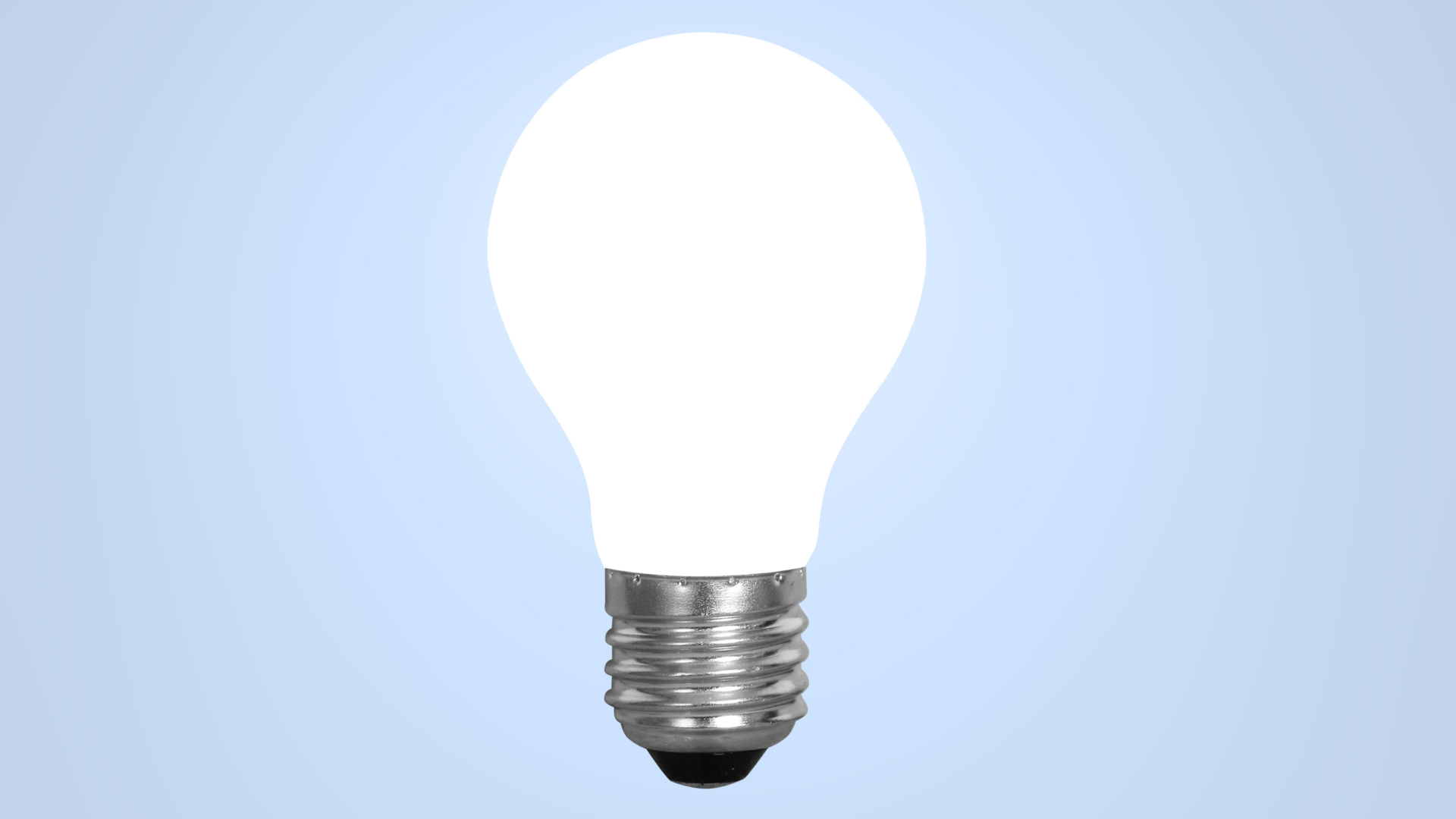
Incandescent
Incandescent light bulbs, which are loved for their color, are your traditional glass bulbs with wire filament that is heated until it glows. Although still in use, incandescent light bulbs are slowly being phased out due to only 10% of the energy coming off as light and 90% of the energy being wasted as heat.
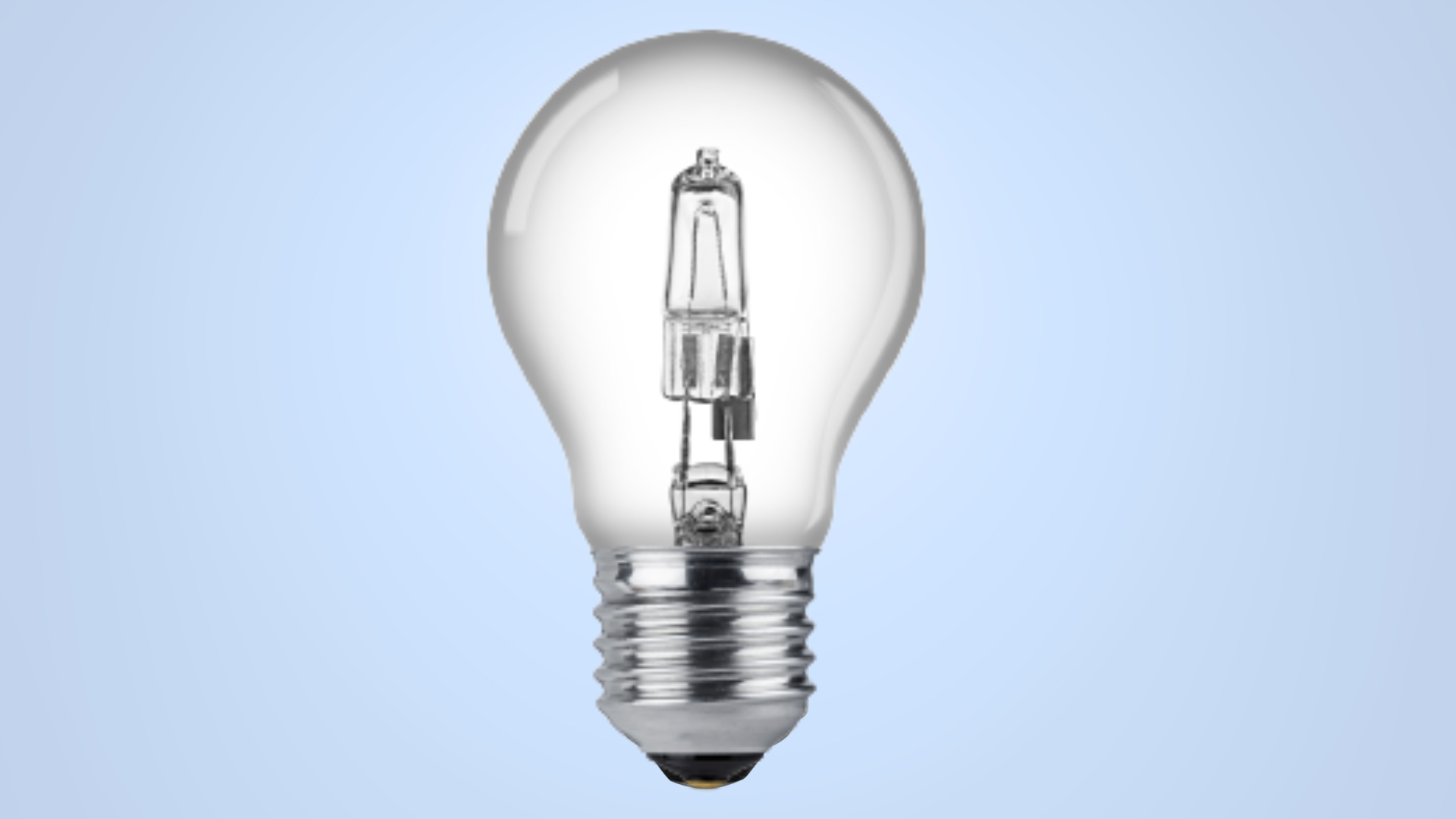
Halogen
Halogen lights are a form of incandescent that burns longer and brighter than traditional incandescent lights thanks to halogen gas. Halogen lights create a slightly whiter color and are about 30% more efficient, but they are much hotter to the touch and more expensive.
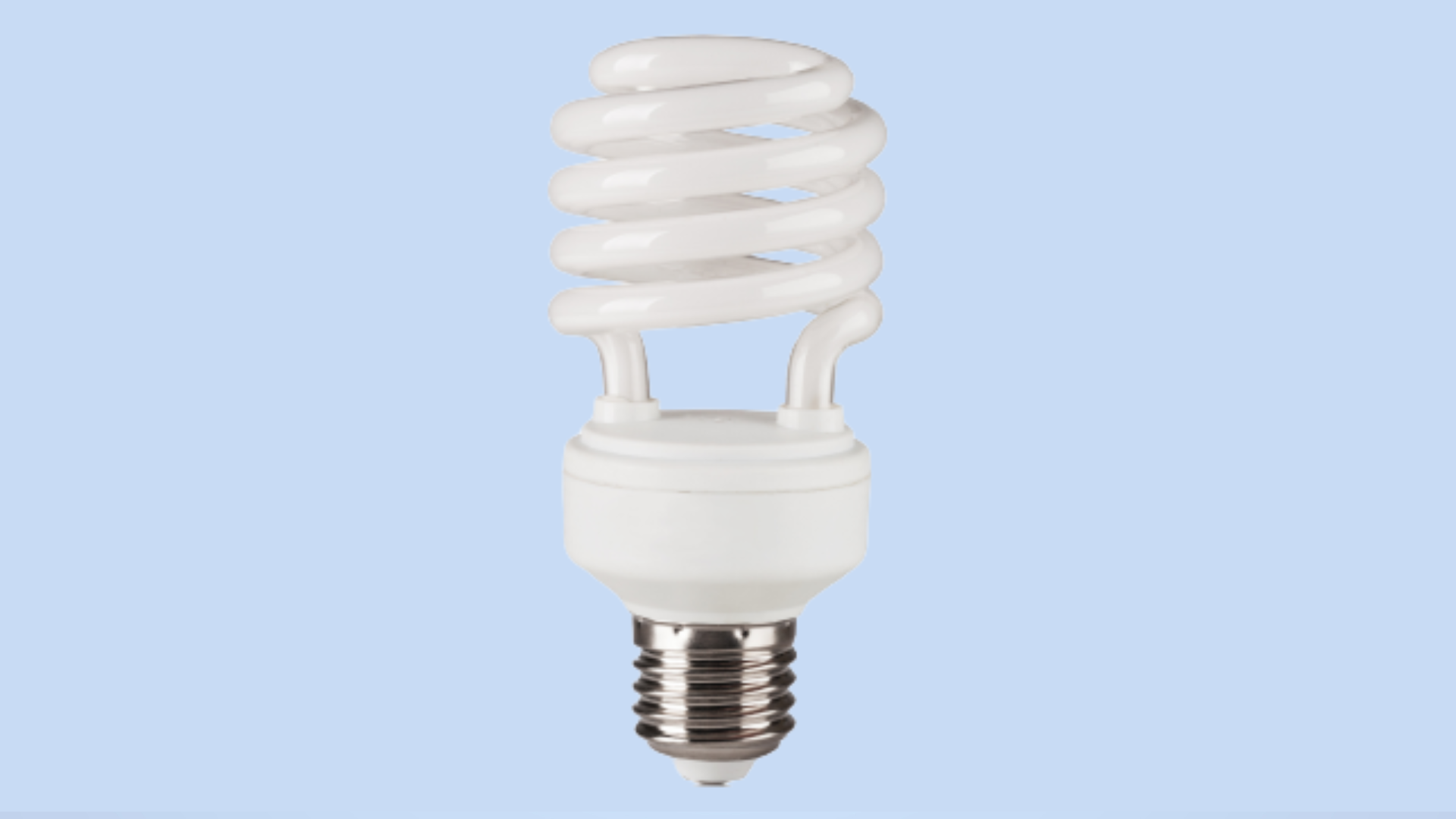
Fluorescent
Next, there are fluorescent lights, or compact fluorescent lights. These are about 75% more efficient than incandescent bulbs, but they are temperature-sensitive and contain mercury.
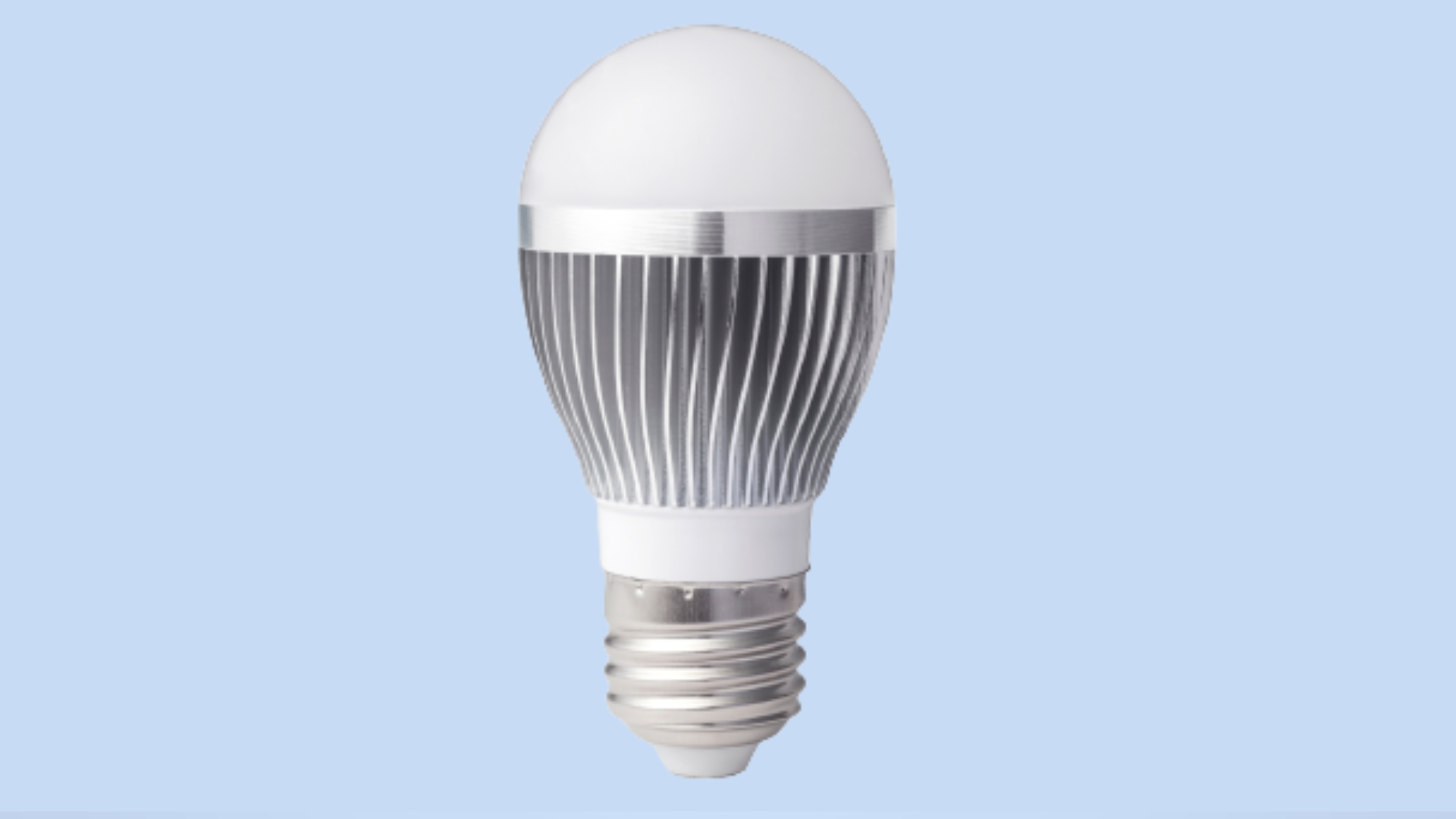
LED
Lastly, gaining in popularity, are LED (light emitting diode) lights. They are the most energy efficient, have higher lumen ratings, and are the most versatile. Not only do they have great light quality but also a great dimming response and color rendering.
Smart Bulb Options
In addition to LED bulbs, another popular choice for modern lighting is smart bulbs. Smart bulbs are LED bulbs that can connect to your home's Wi-Fi network and be controlled remotely through a smartphone app or a voice assistant like Amazon Alexa or Google Assistant . Here are some key features and benefits of smart bulbs:

Remote control:
With smart bulbs, you can control your lighting from anywhere using your smartphone or tablet. This allows you to turn the lights on or off, adjust their brightness, or even change their color without being physically present in the room. It's convenient and adds a level of flexibility to your lighting setup.

Customization:
Smart bulbs often come with a range of customization options. You can adjust the color temperature of the bulbs to create different moods or set up lighting schedules to automatically turn the lights on or off at specific times. Some smart bulbs even offer features like color-changing options, allowing you to set vibrant or soothing colors to match your preference or the occasion.

Integration with smart home systems:
Smart bulbs can seamlessly integrate with other smart home devices and systems. For example, you can connect them to a smart home hub or use them in conjunction with other smart devices like motion sensors or door/window sensors. This integration enables advanced automation, such as automatically turning on the lights when you enter a room or syncing the lighting with other smart devices for enhanced home security or entertainment experiences.

Energy efficiency and cost savings:
Like standard LED bulbs, smart bulbs are energy-efficient and consume less electricity compared to traditional incandescent or fluorescent bulbs. They can be programmed to turn off when not in use or dimmed to reduce energy consumption, which can result in cost savings over time.

Voice control:
Many smart bulbs are compatible with voice assistants like Amazon Alexa, Google Assistant, or Apple HomeKit. This means you can control your lights using voice commands, offering a hands-free and convenient way to adjust your lighting.
It's worth noting that smart bulbs usually require a stable Wi-Fi connection and a compatible smartphone or smart home hub to take advantage of their features. Additionally, they may be slightly more expensive upfront compared to standard LED bulbs. However, the added convenience, customization options, and energy efficiency benefits make smart bulbs a popular choice for those seeking a modern lighting solution
Light Bulb Sizes And Bases
Light bulb codes will identify light bulbs with a letter or series of letters to indicate shape and special features and a number to indicate the size of the base.
- Letter ‘A’ indicates the standard household shape.
- Letter ‘’C’ indicates the candle shape.
- Letter ‘R’ indicates the reflector type, a special feature.
- Letters ‘MR’ indicate a multi-faceted reflector or quartz reflector lamp.
- Letters ‘PAR’ indicate a parabolic aluminized reflector.
- Letter ‘G’ indicates the globe shape.
- Letter ‘T’ indicates the tubular shape.
A light bulb code of A19 would indicate the standard household shape with a base of 19/8ths of an inch.
Light bulb base codes are similar with a letter indicating the shape of the base and a number indicating the size.
The most common light bulb base sizes are:
- E16 or E27 for a standard-medium (regular sized screw in base)
- E12 for a candelabra (smaller screw in base)
- E17 for an intermediate
- G4 or GU24 for a bi-pin (a pin-in base with two points of contact)
- GU10” for a twist-and-lock base
What is Color Temperature (Kelvin)?
Light bulb temperature is measured in Kelvins…
Warm Light
If you’re looking for a warm light, you will want to choose a bulb between 2,700K and 3,000K. Warm light has a yellowish color similar to the light of an incandescent light bulb, creating an intimate and relaxing feel. It’s great for homes, hotels, libraries, restaurants, and stores.
Cool Light
If you’re looking for a cool light, you will want to choose a bulb between 3,500K and 4,100K. Cool light is brighter than incandescent white light, creating a friendly, efficient, and neat and clean environment. It’s great for offices, grocery stores, classrooms, and showrooms.
Daylight
If you’re looking for daylight, you will want to choose a bulb between 5,000K and 6,500K. Daylight is a bluish white light that resembles a perfect day outside and works great for reading and accent lighting. You can find bluish light in many jewelry stores, hospitals, beauty salons, and museums.

Terminology and specifications of light bulbs
Not every fan is installed the same way. However, listed below are some basic steps to help you install a fan.

CRI:
The Color Rating Index, CRI, is a rating of how naturally a lighting source will show an object. CRI is measured between 0 and 100. At 0, all colors look the same. At 100, the true colors of the object are shown. Lights with a CRI of 80 to 90 are considered good while those with a score above 90 are considered excellent. Incandescent and halogen lights have a CRI of 100.

Lumens:
Lumens measure how much light you are getting from a bulb. More lumens means a brighter light and less lumens means a dimmer light.

Wattage Explained:
Wattage indicates the amount of power used to illuminate the bulb. This is different from how much light the bulb actually emits (lumens). Before lumens were commonly understood, people used to treat wattage as the amount of light that would be produced.

Voltage explained:
120 vs 220
For residential applications, you will need to know the difference between 120v and 220v. 120 volt service is used for lights, outlets, and small appliances like microwaves, televisions, and irons. 220 volt service is used for larger electrical appliances such as air conditioning units, electric heaters, and electric heaters.

LED vs Non LED:
Light emitting diode lights (LEDs) are Incandescent lights produce light by heating a wire filament to a specific temperature. Light Emitting diodes, or LEDs, do not have filaments. A diode is an electrical device that operates much like a battery, passing a current from the anode to cathode. LEDs are 75% more energy efficient than incandescent lights. However, they are more expensive. Thanks to the energy savings, you are said to make your money back after a few months of use.

Watts
Watts indicates the amount of power used to illuminate the bulb.

Beam Spread
Beam spread is the amount of space a light covers from different distances.

Dimming vs. non-dimming
Dimmable LEDs have special circuitry that makes them able to respond to changing phase forms that produce the dimming effect. The circuitry inside non-dimmable LEDs cannot handle special phase forms and are designed to either be fully powered ON or OFF.

Energy cost / lifetime / watt conversion
If you’re looking to save money in the long run, it is wise to invest in LED lights. They cost more money upfront, but they are 75% more efficient than traditional lights. Traditional incandescent lights use most of the energy just heating the bulb to produce light, giving off more heat than light. After a few months of LED light use, you will make back the money you would have been spending on wasted energy from other bulbs.

Commercial VS. Residential Specifications:
Most homes use warm lighting, 2,700K-3,000K, to create a welcoming, intimate environment while commercial interiors often use cool lighting, 3,500K-4,200K. Cool lighting creates a friendly, clean feel that leads to a positive and productive work environment.
Butler Lighting’s recommendations per type of bulb (or application)
It is always a risk when you buy light bulbs from big box stores or other outlet stores. For example, not all LED light bulbs from these stores are rated accurately or the same as the bulbs from professional lighting stores. It is often reported that these bulbs are poor quality and have inaccurate color temperature, looking bluish. At Butler, we often recommend LEDs which may cost more upfront but over time will save you money. Plus, the price of LEDs has significantly decreased over the past several years.
Butler Lighting strongly recommends these lighting brands:
- Halco
- Satco
- Elegant / Elitco
- Bulbrite
Other bulb partners: Sylvania
Bulk orders
Butler Lighting is your number one source for affordable lighting, especially when it comes to residential and commercial lighting projects. Sign up below to learn more about how we save our customers’ time and money with our wide variety of vendors and options for all budgets.
Why Butler?
We at Butler Lighting have been fulfilling the lighting needs of our customers since 1948. Whether you need lighting for your home, multi-family project, or restaurant, we can provide whatever lighting that you need. We will work within your budget to get your lighting to a state that you will love. As a family-run business, we put an emphasis on communication and a commitment to hard work. We at Butler work with over 150 vendors to and we can handle any lighting job you can throw at us. If you have a lighting job, or a job that requires fans that needs to be finished contact us today, and we’ll take your lighting to the next level.
Lightbulb FAQs
Look for the light bulb code and light bulb base code on your lighting fixture
All light bulbs will have the wattage rating printed somewhere on the glass or on the metal collar of the bulb.
The three types of light bulbs are incandescent, fluorescent, and LEDs.
Yes, there are both dimmable and non-dimmable LED light bulbs on the market.
You may be using a non-dimmable light bulb. The circuitry inside non-dimmable LEDs cannot handle special phase forms and are designed to either be fully powered ON or OFF.
You can use an LED bulb in an existing fixture as long as the socket, or mounting base, is the same size and type. However, if the LED wattage is higher than the fixture recommends, you cannot use it.
If you’re looking for warm light, choose 2,700K-3,000K. If you’re looking for cool light, choose 3,500K-4,100K. If you’re looking for daylight, choose 5,000K-6,500K.
LED lights are the brightest lights because they are the most energy efficient and offer a brighter light for the same wattage. Quality LED fixtures output around 170 lumens per watt while a fluorescent light only puts out around 110 lumens per watt.
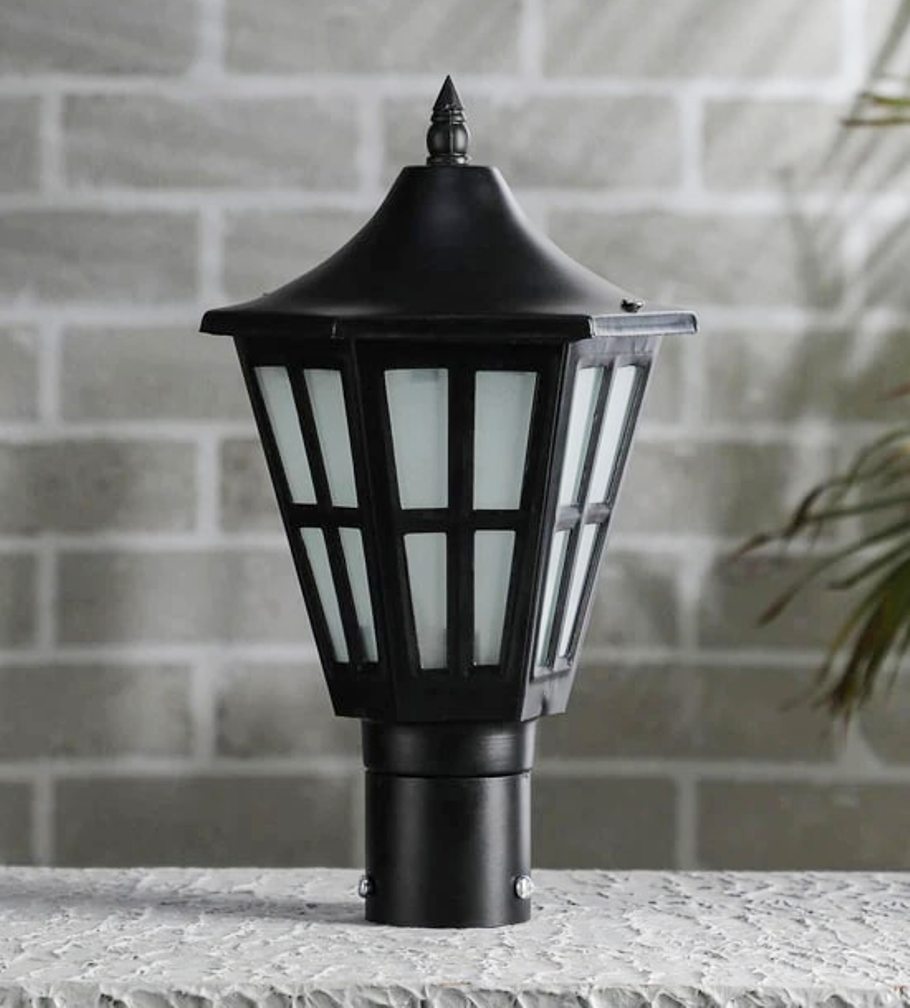
Locations
Google Reviews
Resources

The Anatomy of a Lightbulb
By Melissa Leib & Shelley Aldridge
Our podcast will give you insight into tips, tricks, and ideas from experts in the field of lighting and design, as well as explain how to create stunning lighting and innovation in various contexts.

